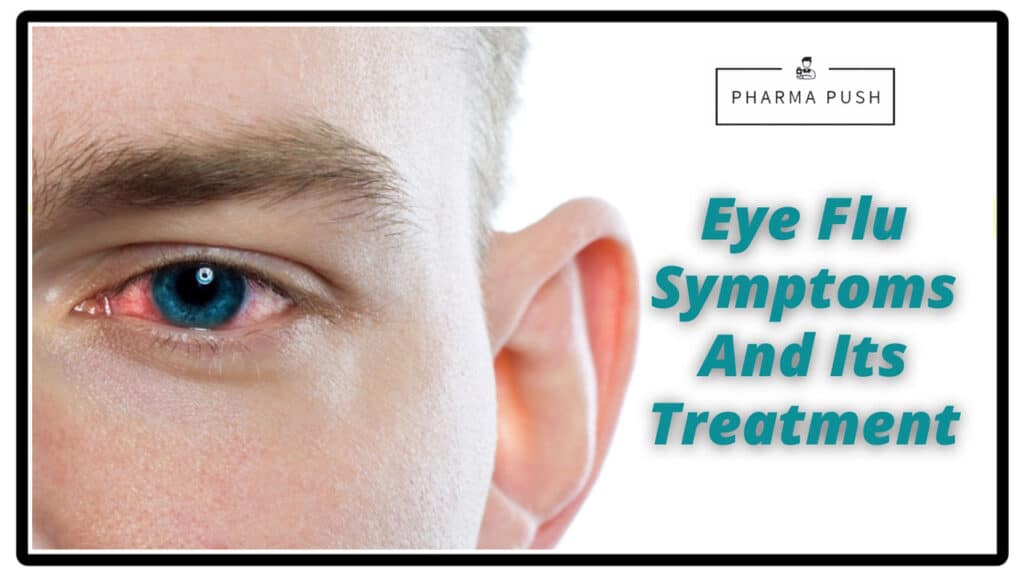What are Monkeypox?
Monkeypox is a viral disease that affects humans and other primates. It is caused by the monkeypox virus, which is a member of the Orthopoxvirus genus in the family Poxviridae. The disease was first identified in laboratory monkeys in 1958, and the first human case was reported in 1970 in the Democratic Republic of Congo.
Monkeypox is similar to human smallpox, but generally milder. The symptoms of monkeypox include fever, headache, muscle aches, backache, swollen lymph nodes, chills, and exhaustion. A rash then develops, often beginning on the face and then spreading to the trunk and limbs. The rash progresses to pustules, which then crust and fall off, usually within two to four weeks.
In general, the case-fatality rate for monkeypox is lower than that of smallpox, with an overall rate of approximately 1-10%, but it can be higher in some outbreaks. For example, in a large outbreak in the Democratic Republic of Congo in 2017, the case-fatality rate was reported to be 11%, while in a smaller outbreak in Nigeria in 2017, it was reported to be 4%.
Early detection, prompt treatment, and good supportive care can all help improve the outcome for patients with monkeypox. Vaccination against monkeypox is also an effective way to prevent infection and reduce the risk of severe disease. There is no specific treatment for monkeypox, but smallpox vaccine has been found to be effective in preventing the disease. Supportive care can be provided to help manage symptoms, including pain relief, fever management, and wound care.
You May Like: Treatment of Eye flu disease in easy language
How to Spread Monkeypox?
Monkeypox is transmitted through contact with infected animals or people. The virus is found in the blood, body fluids, and lesions of infected individuals. The disease can be transmitted through direct contact with infected animals, such as monkeys, rats, squirrels, or through consumption of their meat, but human-to-human transmission is also possible through respiratory droplets, contact with skin lesions or body fluids, and contaminated objects.
Human-to-human transmission is generally limited and occurs mainly through close contact with infected individuals, such as family members or healthcare workers. People who have not been vaccinated against smallpox or who have weakened immune systems are at higher risk of getting infected.
Outbreaks of monkeypox have been reported in Central and West African countries, including Nigeria, Democratic Republic of Congo, Cameroon, Central African Republic, and Ivory Coast. In the United States, monkeypox has been reported in people who have had contact with pet prairie dogs, which had been infected with the virus from imported African rodents.
To prevent the spread of monkeypox, it is important to avoid contact with infected animals or people, practice good hand hygiene, and avoid consuming bushmeat. People who live in or travel to areas where monkeypox is endemic should take precautions to protect themselves, such as wearing protective clothing and avoiding contact with sick animals or people. Additionally, vaccination with smallpox vaccine has been found to be effective in preventing monkeypox infection.
Symptoms of Monkeypox
The symptoms of monkeypox typically appear within 5 to 14 days after exposure to the virus. The initial symptoms are similar to flu-like symptoms and may include fever, headache, muscle aches, fatigue, and swollen lymph nodes.
After a few days, a rash develops, often beginning on the face and then spreading to the trunk and limbs. The rash progresses to pustules, which are fluid-filled bumps that are similar in appearance to chickenpox. The pustules can be very itchy and painful, and may rupture and form scabs over time. Other symptoms of monkeypox can include back pain, chills, sweating, and a general feeling of discomfort. In severe cases, complications such as pneumonia, sepsis, and encephalitis can occur, especially in people with weakened immune systems.
It is important to note that the symptoms of monkeypox can vary in severity from person to person. In some cases, the disease may be mild and resolve on its own without treatment, while in other cases it can be severe and potentially life-threatening. If you suspect that you may have been exposed to monkeypox, it is important to seek medical attention promptly.
Treatment Of Monkeypox
Monkeypox is a rare viral disease that is similar to human smallpox but with a lower mortality rate. There is no specific treatment for monkeypox, but the symptoms can be managed with supportive care.
The following are some of the treatments that may be used to manage the symptoms of monkeypox:
- Antiviral medication: Although there is no specific antiviral medication for monkeypox, some drugs used to treat other viral infections like smallpox, such as cidofovir, brincidofovir, and vaccinia immune globulin (VIG), may be used to treat severe cases of monkeypox.
- Pain relief: Analgesics, such as acetaminophen, ibuprofen, or aspirin, can be used to manage pain and fever.
- Fluids: Patients with monkeypox may experience dehydration due to fever and sweating. Drinking plenty of fluids, including water and electrolyte solutions, can help prevent dehydration.
- Rest: Rest is essential to allow the body to fight off the infection.
- Isolation: Patients with monkeypox should be isolated to prevent the spread of the virus to others.
It’s important to note that the treatment for monkeypox is mainly supportive, and prevention through vaccination is the most effective way to avoid contracting the disease.

